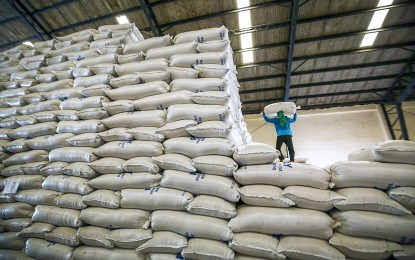The Mount Ruang Volcano in Indonesia erupts
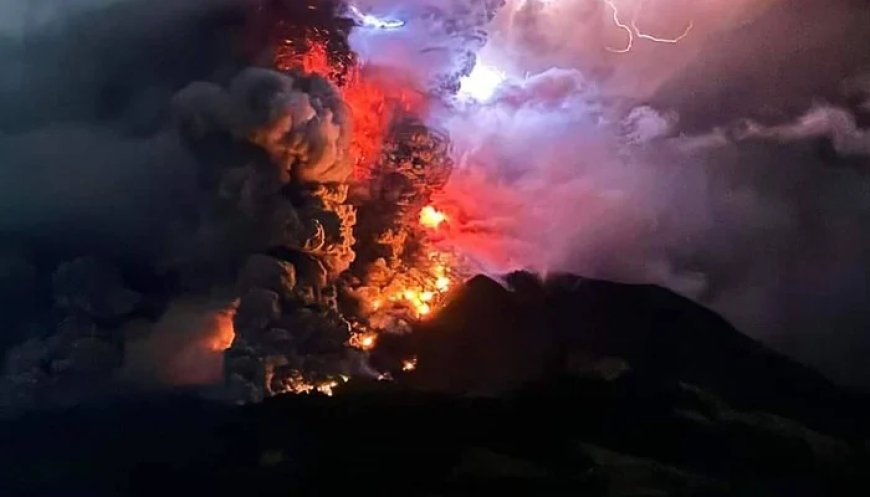
Eruption Details and Impact
According to Indonesia’s Center for Volcanology and Geological Hazard Mitigation (PVMBG), the eruption of Mount Ruang, located in North Sulawesi, produced a massive column of ash and smoke reaching several kilometers into the atmosphere.
Seismic activity had been recorded in the area for weeks, with experts warning that an eruption was imminent. Witnesses reported loud explosions followed by a fiery glow as lava and volcanic debris cascaded down the slopes.
Residents in Tagulandang Island and other surrounding areas were ordered to evacuate due to the risk of pyroclastic flows, ashfall, and possible tsunami threats caused by landslides into the sea.
“The night sky turned red, and we could feel the ground shaking,” said Adi Kusuma, a local fisherman. “The ash is everywhere, covering our homes and crops.”
Government Response and Safety Measures
Indonesia’s National Disaster Mitigation Agency (BNPB) has deployed emergency response teams to assist evacuees and assess the damage. Authorities have raised the volcano’s alert level to the second-highest warning, advising people to stay at least 5 kilometers away from the crater.
Air travel has also been affected, with flights in and out of Manado’s Sam Ratulangi International Airport experiencing disruptions due to volcanic ash. The Volcanic Ash Advisory Center (VAAC) has warned pilots to avoid the airspace near Mount Ruang.
“We are closely monitoring the situation and ensuring that affected communities receive necessary aid,” said BNPB spokesperson Abdul Muhari. “We urge residents to follow evacuation orders and wear protective masks to avoid respiratory issues caused by ash inhalation.”
History of Mount Ruang’s Eruptions
Mount Ruang is part of the Sangihe Islands volcanic arc and has a history of explosive eruptions. Its last major eruption occurred in 2002, causing widespread evacuations and destruction.
Indonesia, home to over 120 active volcanoes, experiences frequent eruptions due to its location on the Pacific Ring of Fire, where tectonic plates frequently collide, triggering seismic and volcanic activity.
Concerns Over Possible Tsunami Threat
One of the biggest concerns following Mount Ruang’s eruption is the potential for a volcanic-triggered tsunami. Scientists have warned that if significant volcanic material collapses into the ocean, it could generate a local tsunami similar to the 2018 Anak Krakatau disaster, which devastated coastal areas of Java and Sumatra.
Authorities are monitoring sea levels and geological activity closely, while coastal communities remain on high alert.
Evacuation and Humanitarian Aid
Thousands of people have already fled their homes, seeking refuge in temporary shelters set up by the government and humanitarian organizations. Aid workers are distributing food, water, and medical supplies to displaced families.
Many evacuees fear the long-term impact of the eruption, as ashfall can damage crops, contaminate water sources, and pose serious health risks.
Ongoing Monitoring and Future Risks
Volcanologists are continuing to monitor Mount Ruang’s activity and warn that additional eruptions could occur in the coming days or weeks. The government is urging residents to remain vigilant, avoid restricted areas, and stay updated with official announcements.
As Indonesia faces yet another natural disaster, the resilience of its people will be tested once again. The full extent of the eruption’s damage remains to be seen, but for now, safety and evacuation efforts remain the top priority.
What's Your Reaction?







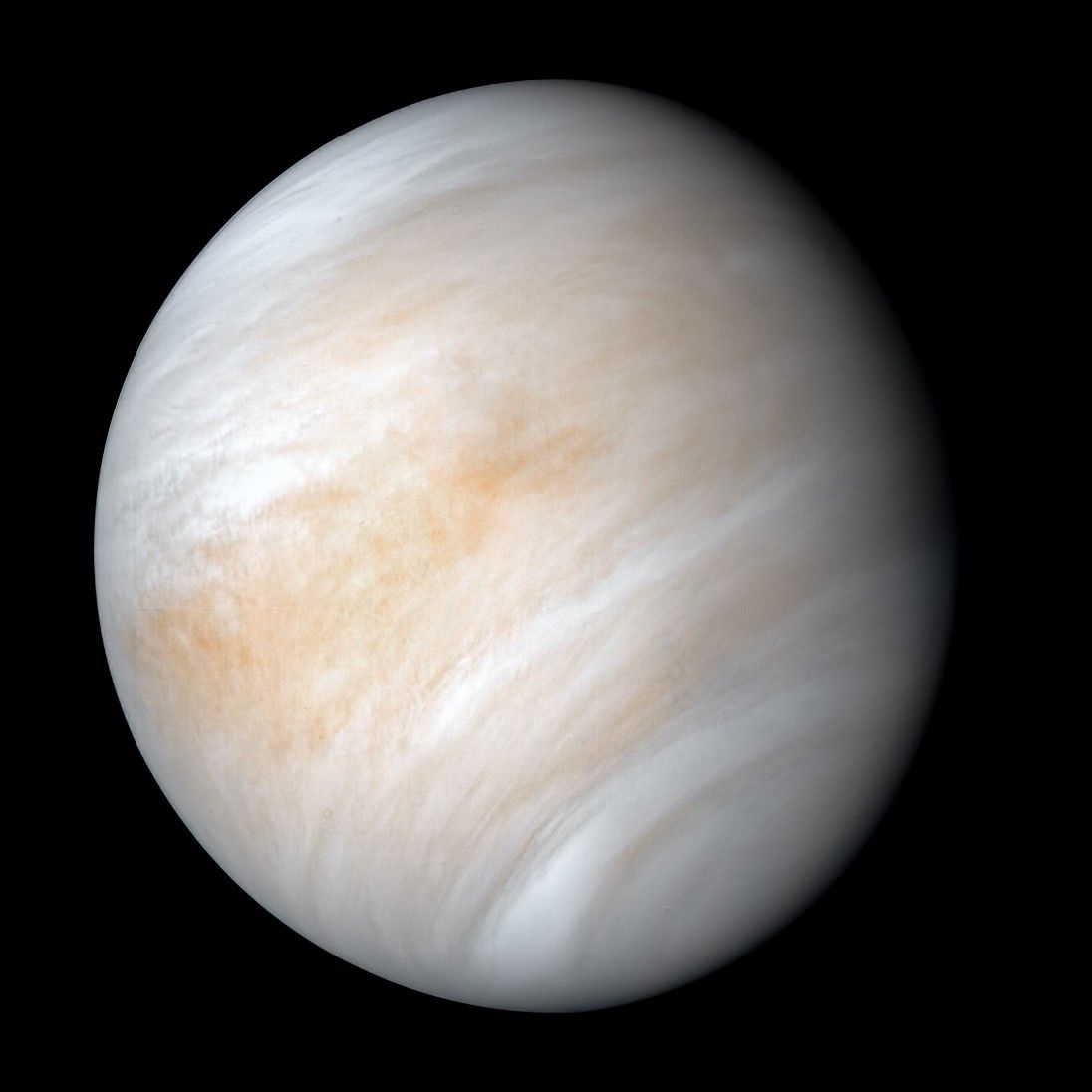




/https://tf-cmsv2-smithsonianmag-media.s3.amazonaws.com/filer_public/54/66/546650fa-26a4-40fd-8d6d-5a7a04540f81/rosetta2.png)
:max_bytes(150000):strip_icc():focal(999x0:1001x2)/robert-prevost-050825-1-39395418ab494da5a3a700c9478e66c8.jpg)


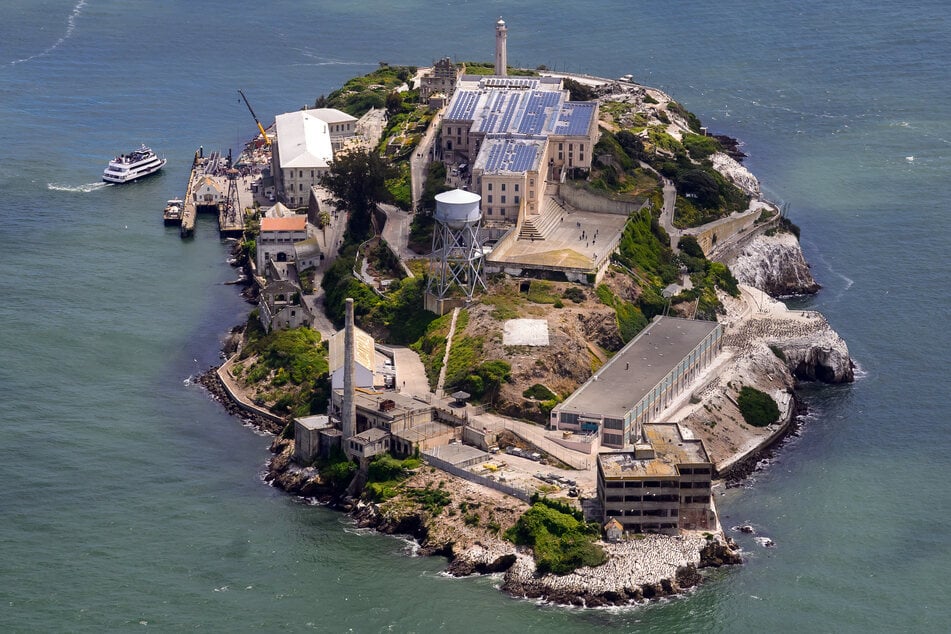

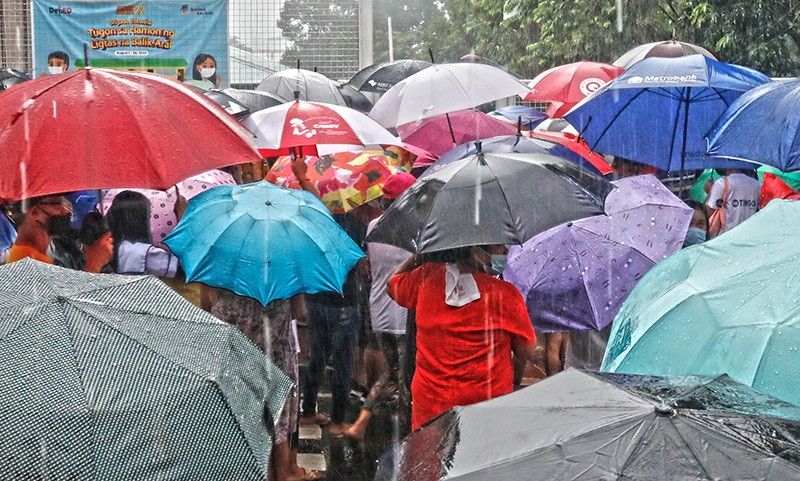














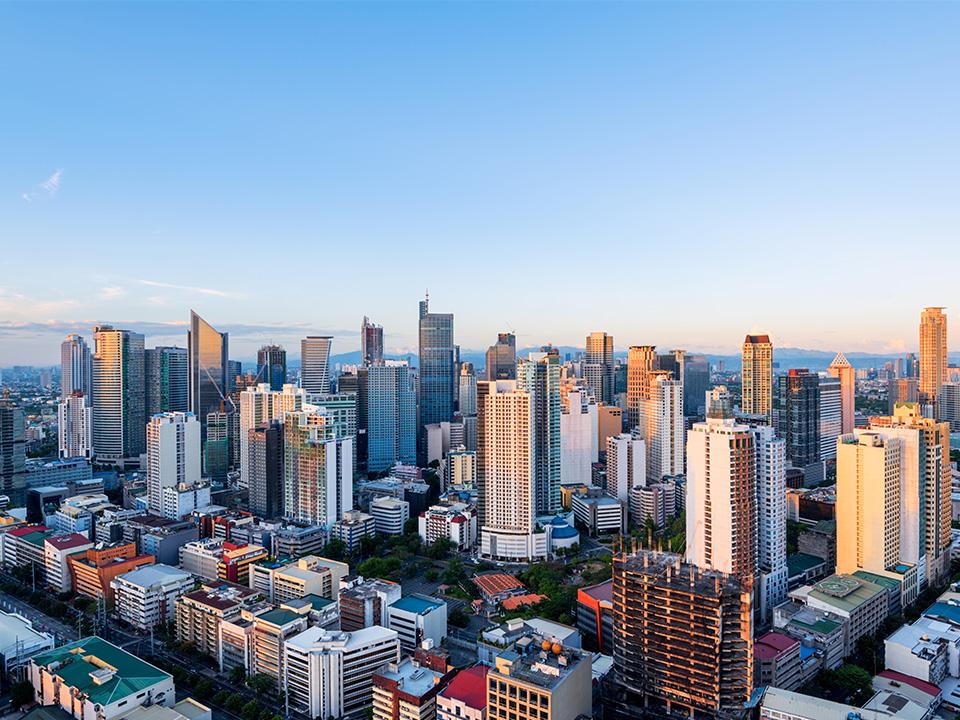






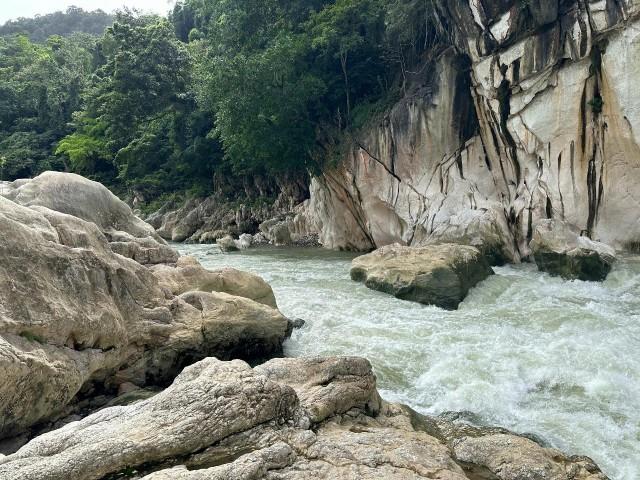




















format(webp))
format(webp))











